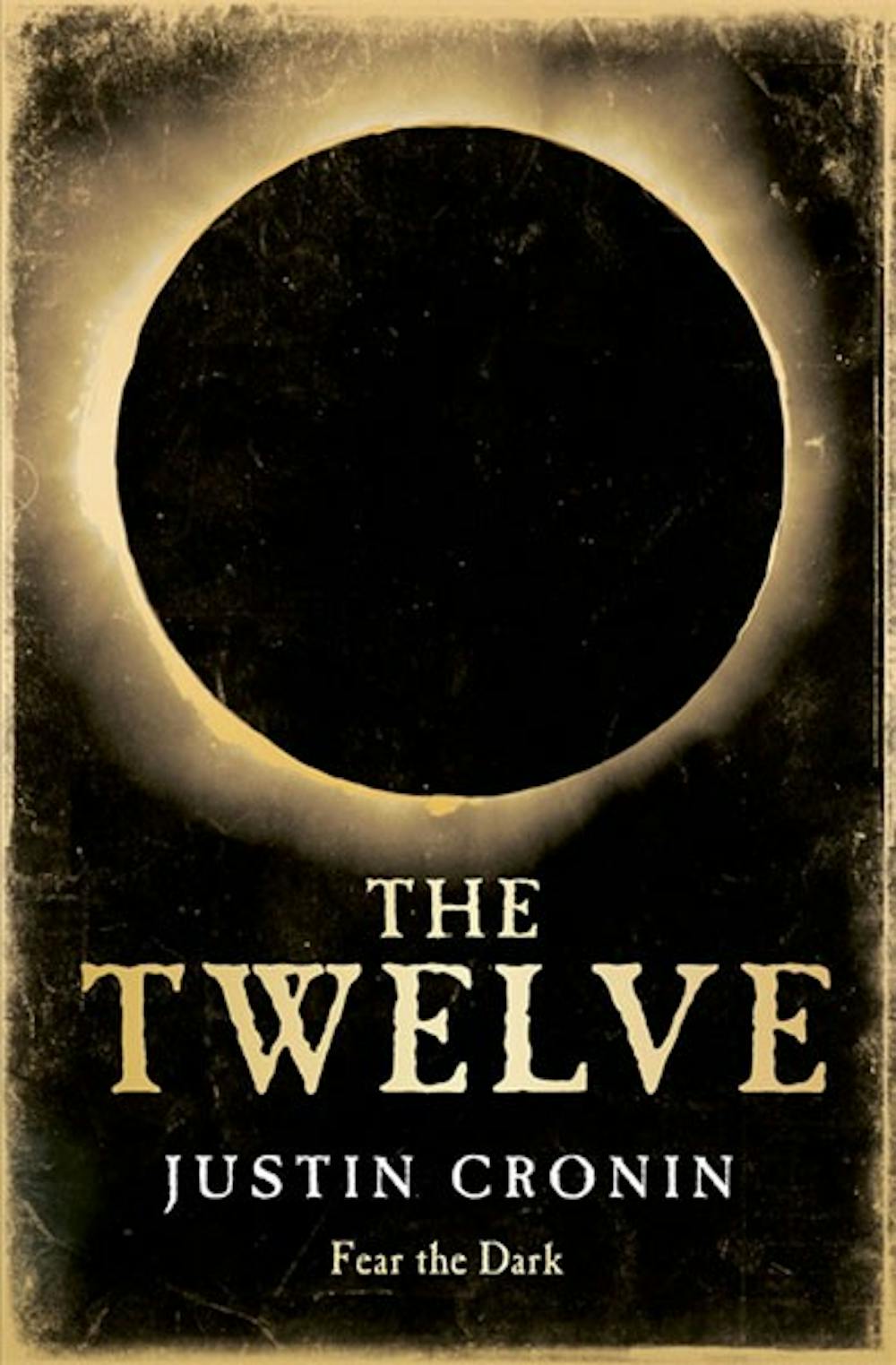Pitchforks: 3.5/5
Release: Oct. 16
Publisher: Ballantine Books
Justin Cronin’s “The Twelve” is a splendid continuation of his enthralling 2010 post-apocalyptic thriller, “The Passage.” However, it is as if Cronin is trying to tell too many stories, and the novel falls short in a few areas common with sequels. Cronin’s “The Passage” established intricately developed and relatable characters juxtaposed against masterful writing and storytelling. While “The Twelve” contains spectacular writing and an interesting cast of characters, new and old, the novel lacks the powerful "oomph" its predecessor had and feels shallow in comparison.
In “The Passage,” Cronin became a samurai of words through chilling and addictive descriptions of a once-great nation shattered by its own aspirations and greed.
Within its depths is a pulse-pumping tale about Project NOAH, an awry military experiment conducted on convicted murderers that unleashed a biological epidemic, turning North America into an apocalyptic wasteland mostly inhabited by wretched vampire-like monsters called virals. These creatures are nothing like the barrel-chested seducers found in “Twilight” or “True Blood,” but are more akin to the bloodthirsty abominations of chaos and destruction within “30 Days of Night.”
Nearly 100 years after the virus swept through North America, decimating the U.S. government and infecting nearly everyone within its borders, a handful of terrified survivors in California encounter the mysterious “girl from nowhere,” Amy Bellafonte, and begin an excursion to abolish the viral plague by destroying the 12 original virals.
Readers who expect “The Twelve” to continue where “The Passage’s” epic conclusion left off are in for a major disappointment. Regrettably, for the first 200 pages Cronin inexplicably chooses to ignore “The Passage’s” riveting ending and heart-wrenching epilogue, and instead delves back into the virus’s outbreak. It allows readers to return to the world first visited in “The Passage” through the eyes of new characters: Danny, a mentally disabled school bus driver, Kittridge, a former U.S. Marine, April, a strong-willed teenager and her little brother, Tim. Although these characters are compelling, they don’t add much to the plot besides providing background information and a couple of nuance tie-ins with the future.
Cronin also revisits a couple of barely mentioned characters from “The Passage.” Brad Wolgast’s wife, Lila Kyle, and pedophile Lawrence Grey are unnecessary characters to the main plot and their stories would have fit better in the first book.
It’s as if Cronin is attempting to tell two very distinct stories, but doesn’t know which one he wants to focus on.
Nevertheless, Cronin’s tale is still immersive and pleasurable to read. The pace also picks up around page 210 as protagonists Peter, Alicia, Amy and Michael are reintroduced. Readers finally get a glimpse inside Amy’s head, and discover a bit more of her mysterious powers — a quality seriously lacking in the first novel. However, throughout all of the interwoven stories, the suspense found in “The Passage” is sadly absent.
One of the early scenes in the second half of “The Twelve” is Peter and Alicia bombing Carlsbad Caverns in hopes of eliminating No. 10 of the 12 original vampires, Julio Martinez. Cronin’s masterful metaphors established the eerie atmosphere and added anxiety, but the tension dispersed faster than it had risen, and the story goes limping forward towards yet another drawn out segment.
Much of the new book feels like Cronin is teasing readers with excitement, and then postponing the thrills until an undisclosed date. But when the page-turning captivation stemming from fright and disgust does appear, the long ride to get there is certainly worth it. Hopefully the trilogy finale will provide more sustenance than “The Twelve” has, and return the story back to its originally captivating exploration of a man-made apocalypse.
Reach the reporter at tdmcknig@asu.edu





